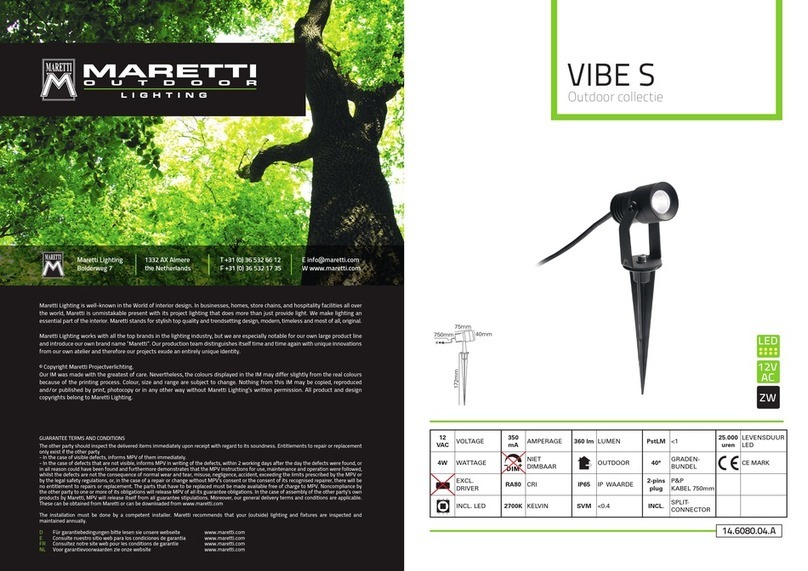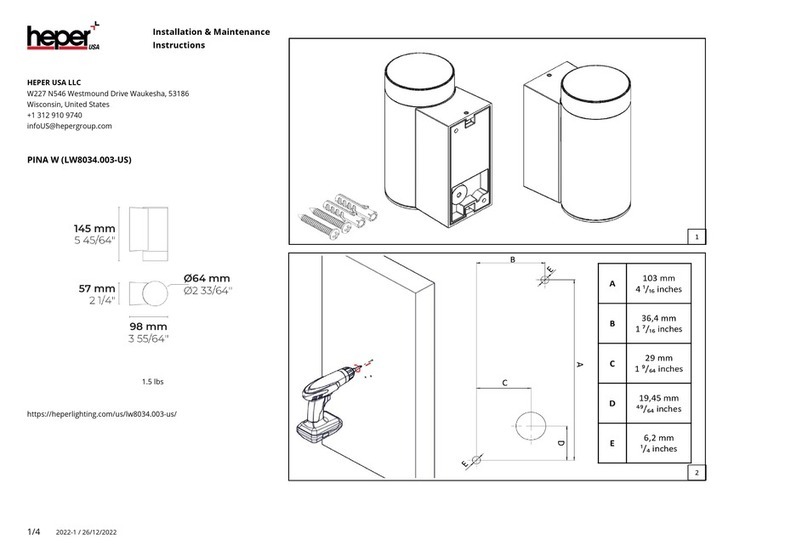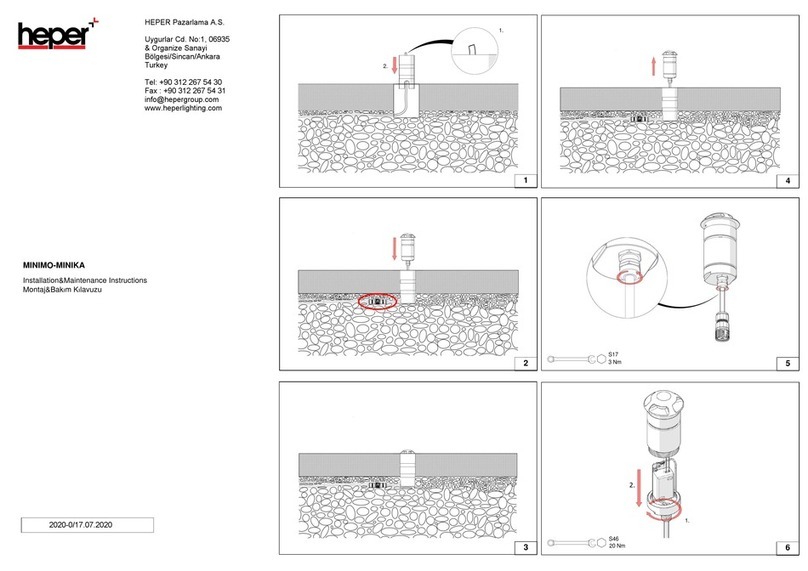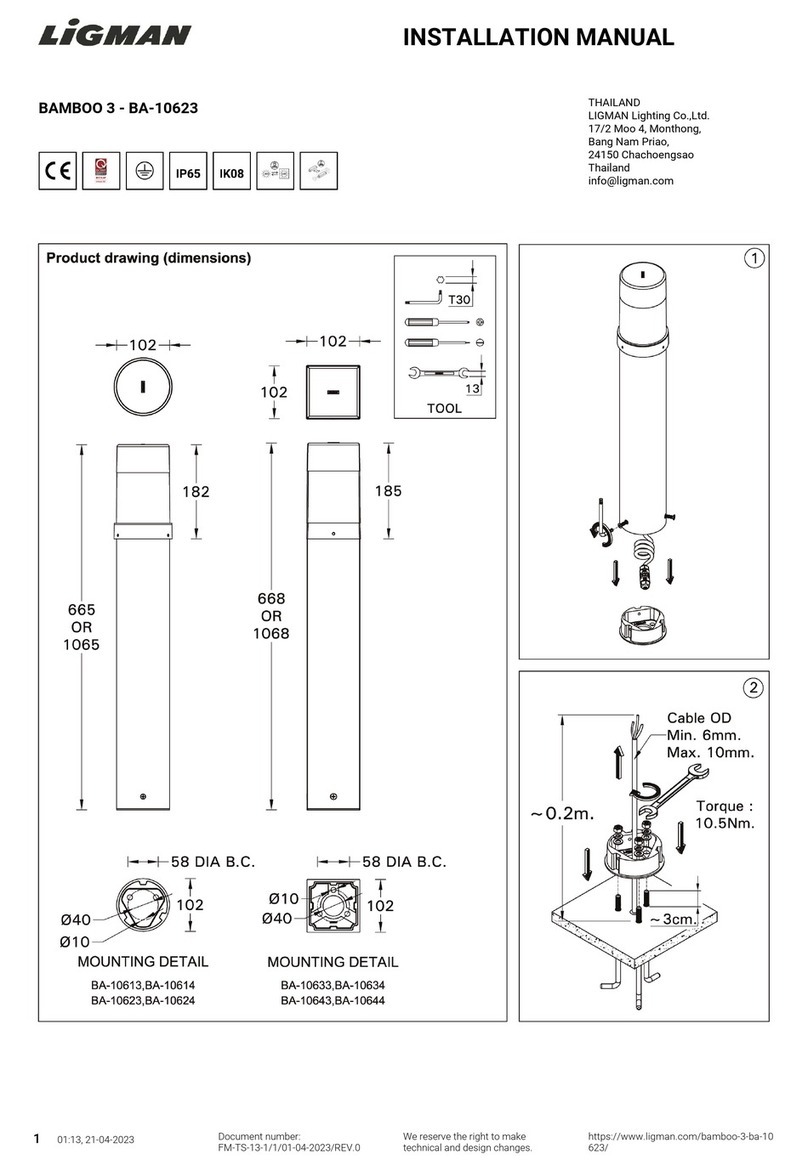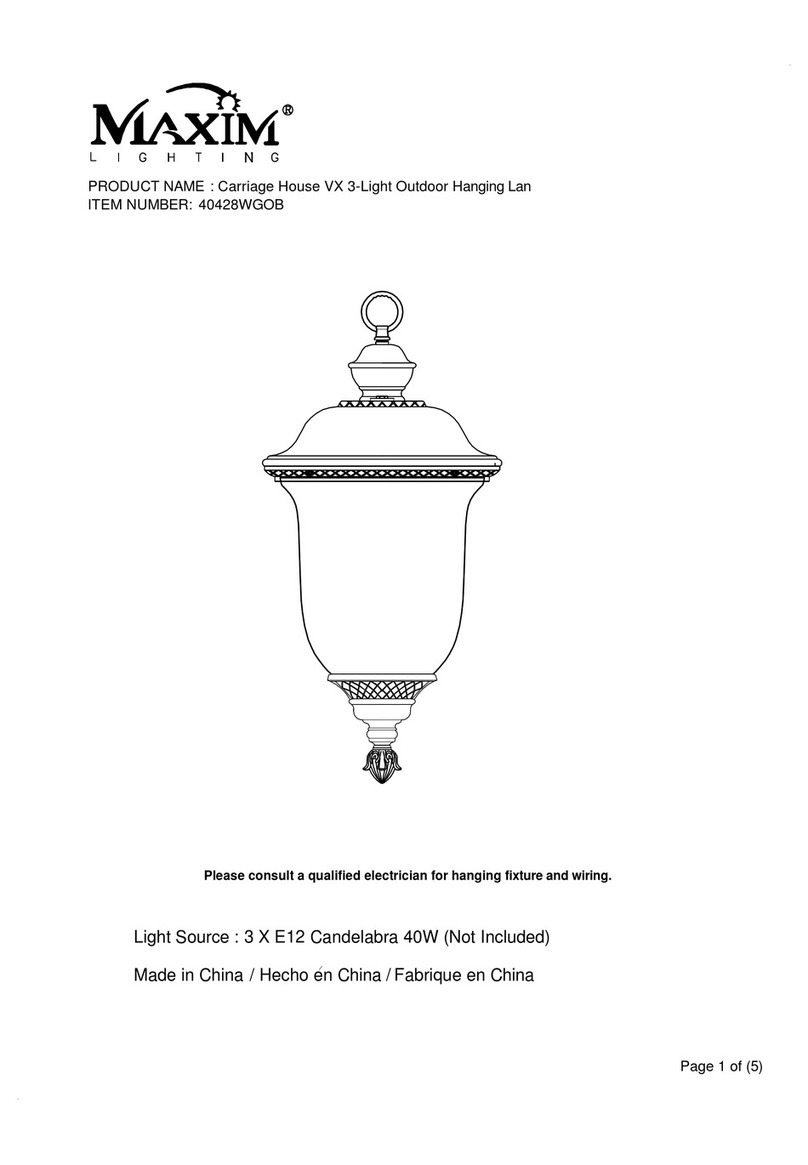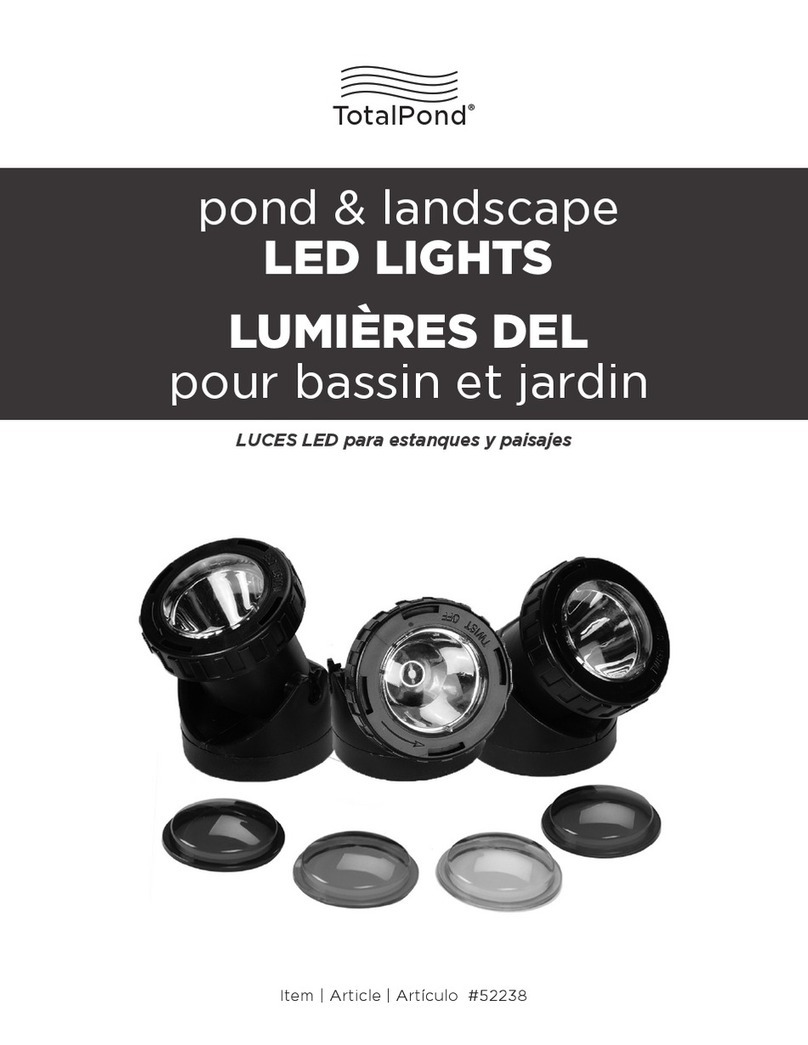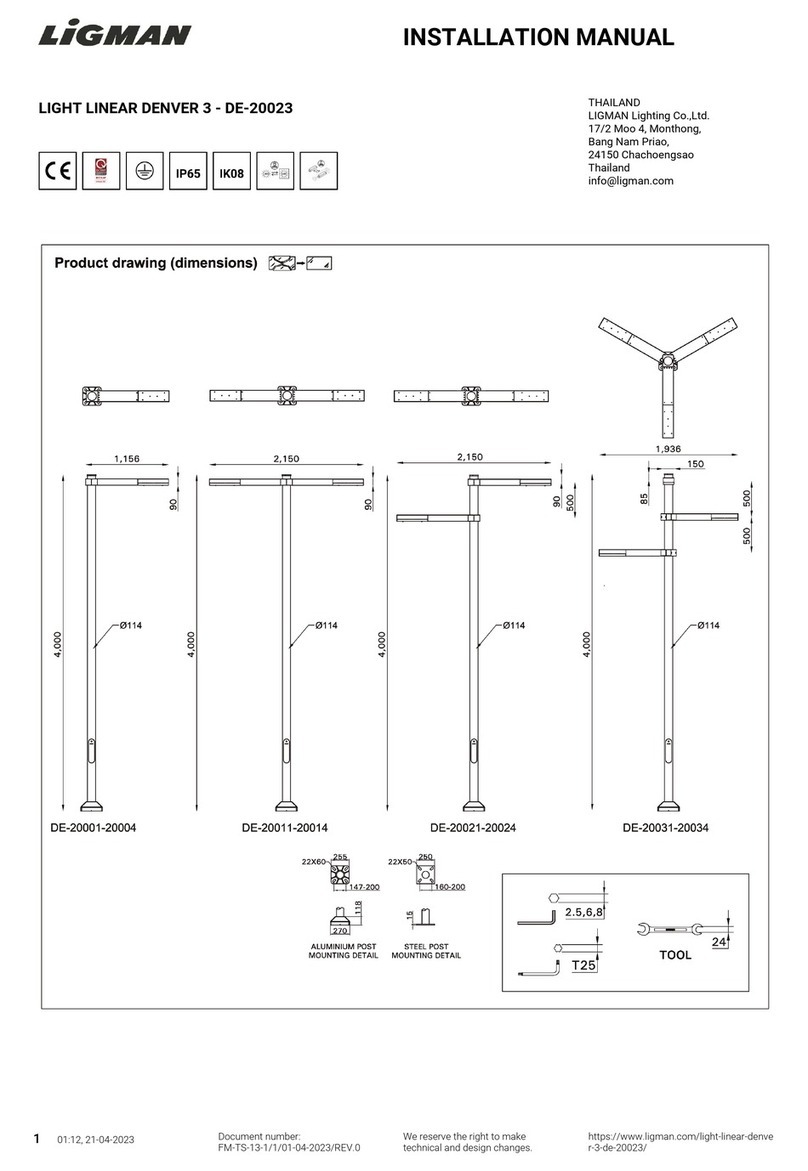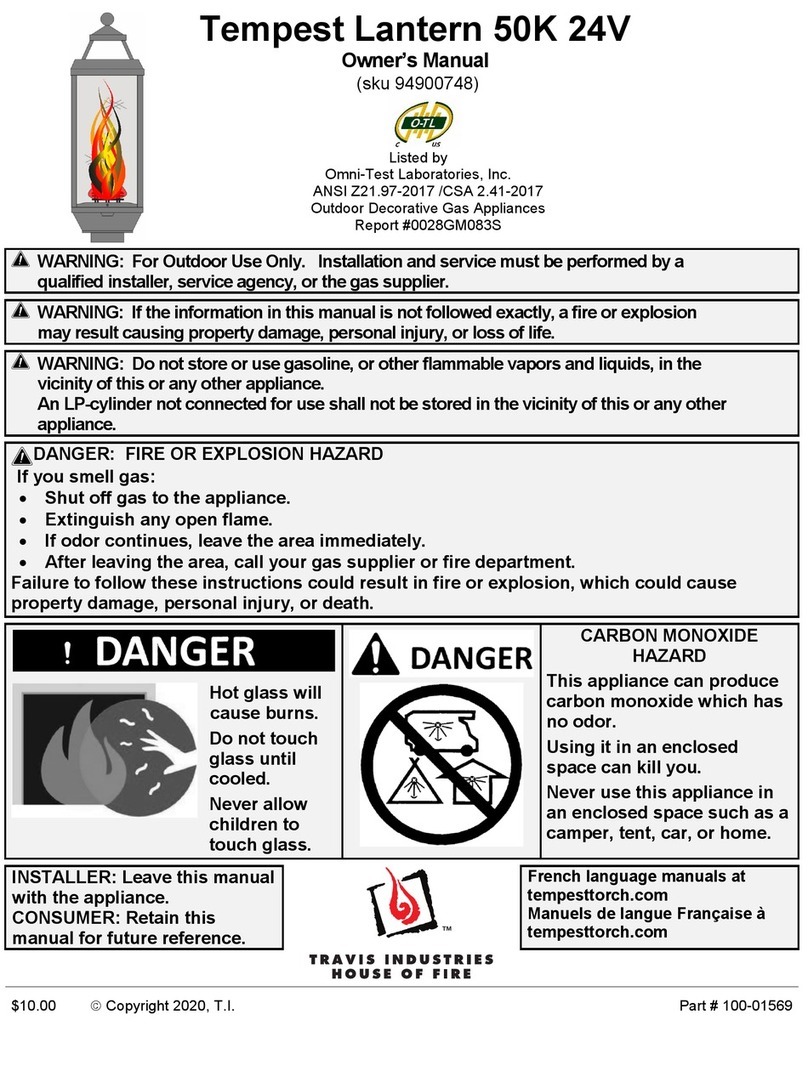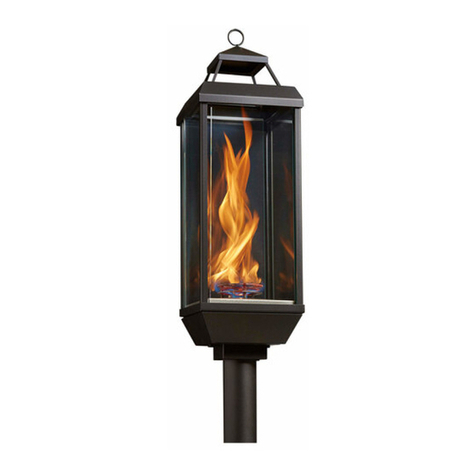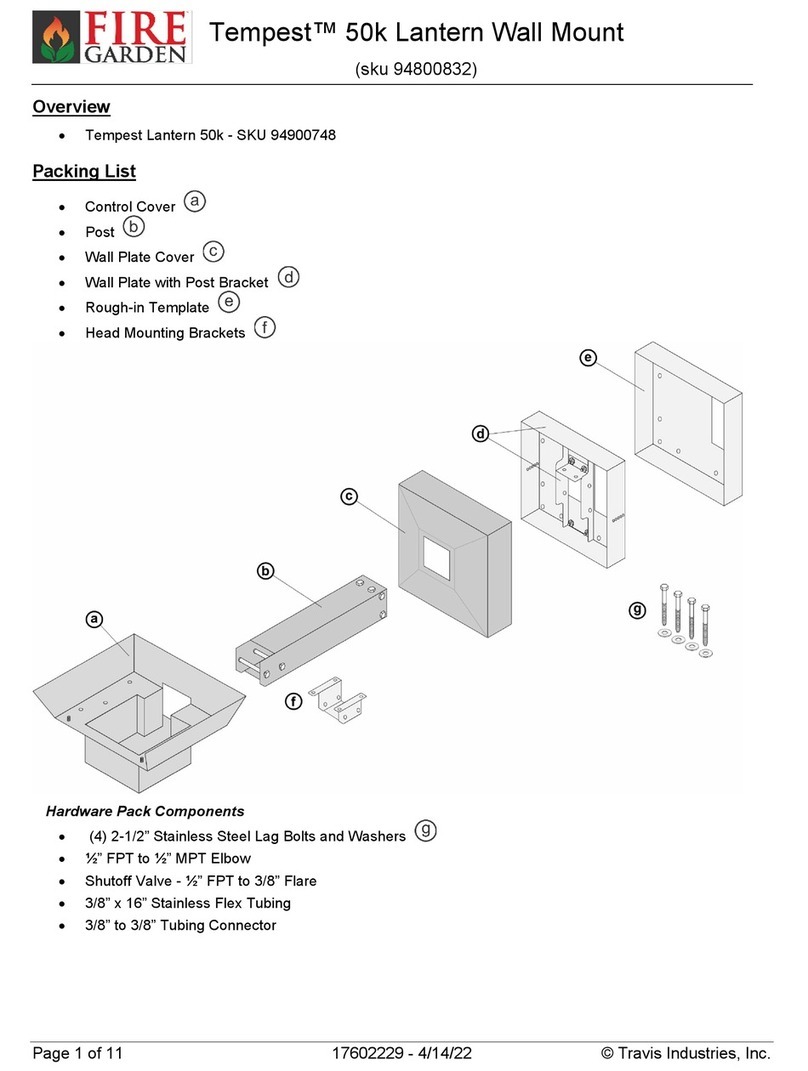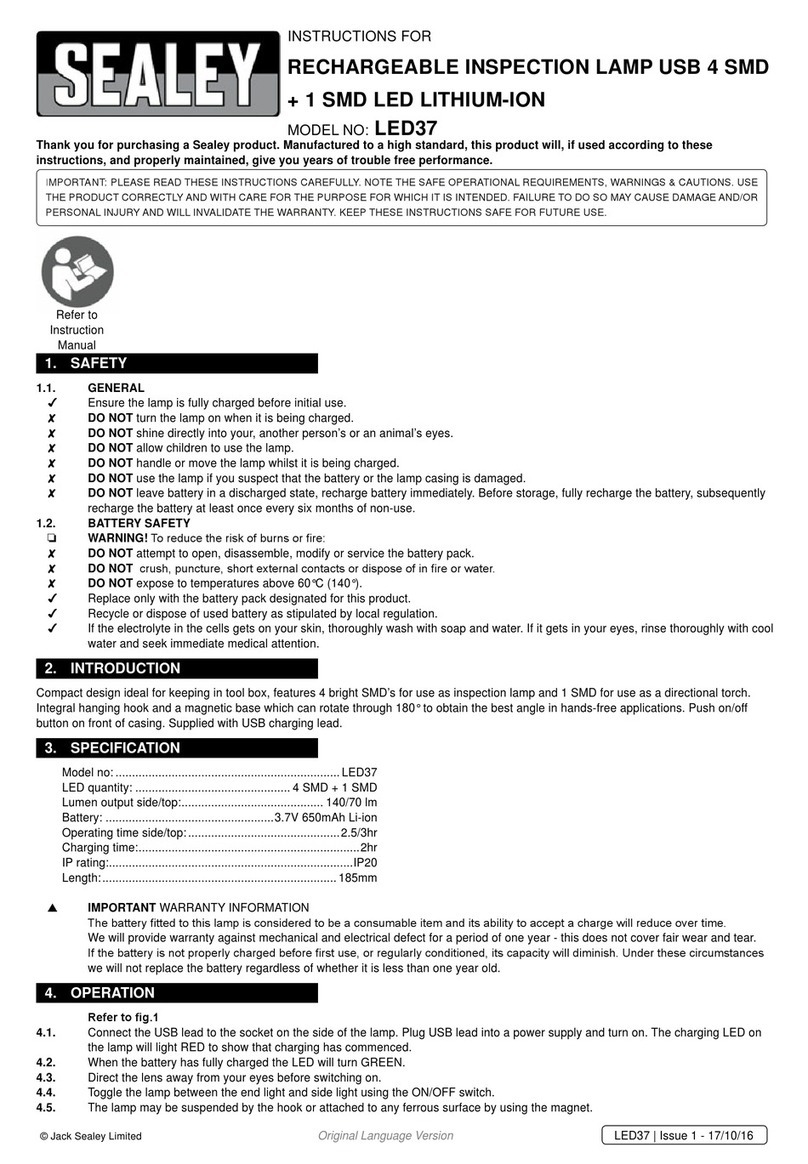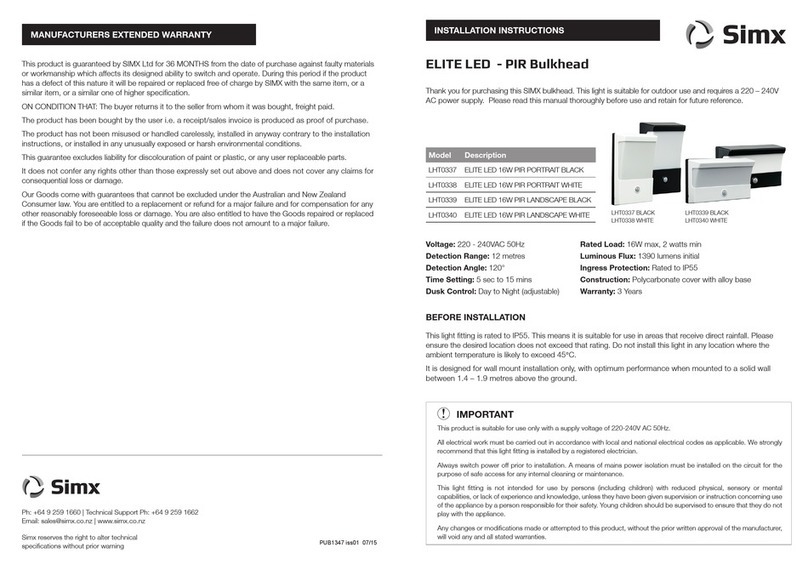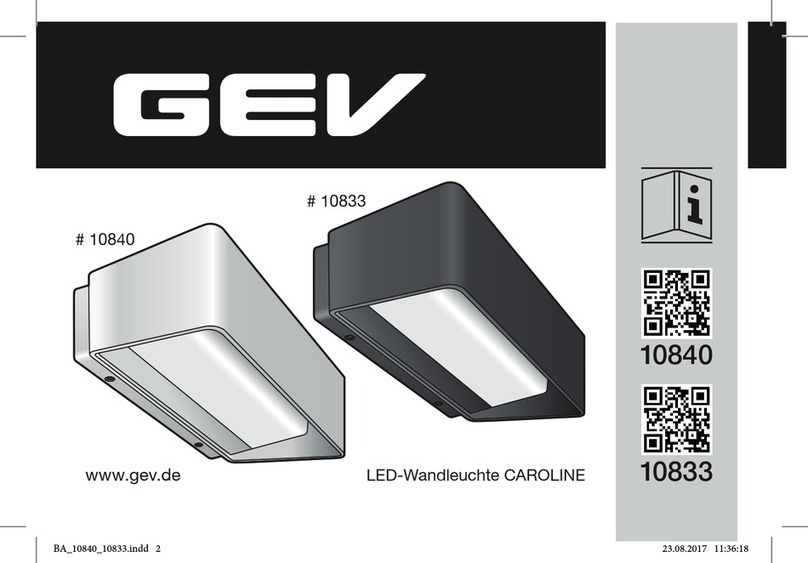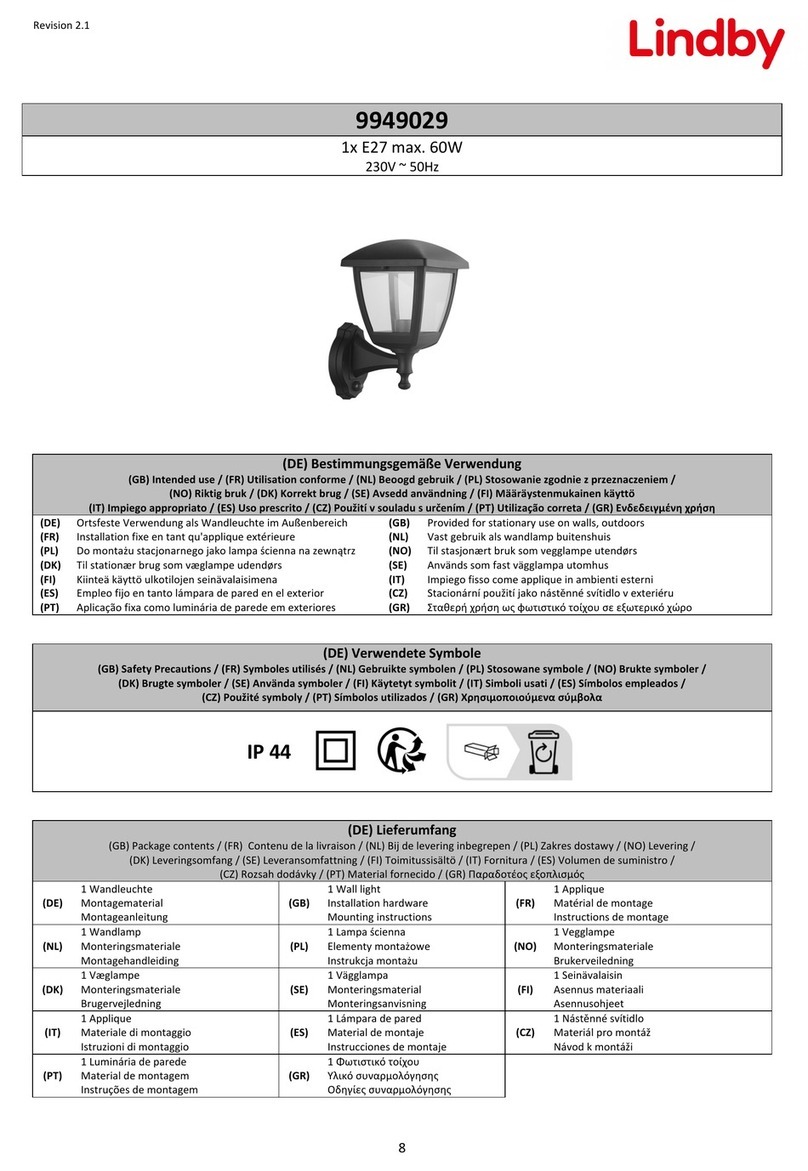
Page.7
17602099‐12/9/2019
Torch Wiring Diagram
All wiring inside the torch leads to the control module. The module has remained the same, but
the color of the wires from the module has changed. See the two diagrams below.
Control Module Wiring Diagram – July 2019 or Later
* NOTE: The thermopile must connect to the control module as shown above (white/orange wire connects
to the white thermopile wire and orange wire connects to red thermopile wire). Do not reverse
the wires. If the wires are reversed, the torch will not work correctly.
Control Module Wiring Diagram – July 2019 or Earlier
* NOTE: The thermopile must connect to the control module as shown above (orange/white wire connects
to the white thermopile wire and orange wire connects to red thermopile wire). Do not reverse
the wires. If the wires are reversed, the torch will not work correctly.
WARNING ATTENTI ON
Here is another sticker with
im por t ant i n f or m at i on t hat you
should also read
UL
GHJH
TravisInd.
Makes nice
Fireplaces
Bl ah bl ah bl ah bl ah
yadda yad da bl ah
blah y adda y adda
How m uch w ood could a woodchuc k
chuck if a w oodchuck could chuck
wood?
He’d chuck as m uch w ood as a
woodchuc k co uld c huck if a
woodchuc k co uld c huck wood.
I have no idea what this sticker says but I will put in this text to
make i t l ook m or e real i sti c. Pl ease m ake su r e you read t he
actual l abe l so you don 't hur t yoursel f.
Thank you f or y our at t e nt i on t o t his i mport ant m at ter .
I have no idea what this sticker says but I will put in this text to
make i t l ook m or e real i sti c. Pl ease m ake su r e you read t he
actual l abe l so you don 't hur t yoursel f.
Thank you f or y our at t e nt i on t o t his i mport ant m at ter .
Why do you never see a
hippopotamu s hiding in a
tree?
Because they are good at it!
What do you do when y ou
see a s pace man?
You park m an!
Red*
White*
White/Orange*
Orange* White/Gree
Green
White
Red
White/Red
Black
White/Yellow
Yellow
24VAC Control
Module
1
+
WARNING ATT ENT I O N
Here is anot her s t icker with
import ant inform ation t hat y ou
should also r ead
U
L
GHJH
Travis Ind.
Makesnice
Fireplaces
Blah blah blah blah
yadda yadda blah
blah yadda yadda
How much wood could a woodchuck
chuck if a woodchuck c ould c huc k
wood?
He’d chuck as m uc h wood as a
woodchuck could chuck if a
woodchuck cou ld c huck wood.
I ha v e no idea wha t t his st ick er sa ys but I will put in t his t ext t o
make it look mor e realistic. Please m ak e s ur e y ou r ead t he
actua l label so you d on't hurt your self .
Thank y ou for y our att ention t o this im por t ant m att er .
I ha v e no idea wha t t his st ick er sa ys but I will put in t his t ext t o
make it look mor e realistic. Please m ak e s ur e y ou r ead t he
actua l label so you d on't hurt your self .
Thank y ou for y our att ention t o this im por t ant m att er .
Why do you n ever see a
hippopotam us hiding in a
tree?
Because t hey ar e good at it!
What do you do when you
see a sp ace man?
You par k m a n!
Red*
White*
Orange
Orange/White* Green/Yellow
Green
White
Red/Black
Red/Green
Black
White/Blue
White
24VAC Control
Module
1
+

